Forum objectives
The 11th MINEX Russia Mining and Exploration Forum will be held in Moscow on 6-8 October 2015.
Key theme: Accelerated Development – Prospects and Opportunities
 In 2014 MINEX Russia celebrated its 10th anniversary. Initially, the Forum was established to provide international platform for regular professional discussion of key issues and prospects of the Russian mining industry in the context of its integration in the global markets and convergence with the best international standards.
In 2014 MINEX Russia celebrated its 10th anniversary. Initially, the Forum was established to provide international platform for regular professional discussion of key issues and prospects of the Russian mining industry in the context of its integration in the global markets and convergence with the best international standards.
In the past decade MINEX Russia Forum went alongside the industry through many transformations, having experienced successes and setbacks.
The Forum cannot remain aloof from dramatic changes taking place in the Russian economy. With plummeting oil prices, the Russian Government is looking for new sources of revenue to fund the way out of the economic downturn and to create new growth platforms.
Russia is generously endowed with human and natural resources. The main issue – to ensure their effective use. One of the underrated and not fully understood potentials is Russia’s mineral base. With the continuing global growth of living standards and the urban population, development of infrastructure projects and creation of new technologies, the role of metals and minerals will be vital in the international economic development in the 21st century.
We believe that current metals prices will remain unstable for a relatively short period. Many experts predict that in the next 20-30 years, the volume of world copper consumption will be equal to the volume of that used in the history of mankind. Trends in consumption of other metals and minerals are similar. In the foreseeable future uranium will remain the cheapest and paradoxically most environmentally friendly resource for power generation. With the ongoing decline of US dollar as the world reserve currency forced out by the growing number of national currencies trade transactions between the Asian and other Developing economies, the value of gold needed to support the local currencies will also increase. On the backdrop of predicted increase of consumption the proven reserves of metals and minerals are declining rapidly.
Russia remains one of the few countries with huge and relatively untapped mineral wealth and can potentially meet global metals demand for decades if not centuries. To realise its potential, Russia needs to secure long-term funding for infrastructure development of the remote and mineral rich areas in the Far East, Siberia and Polar North. The current low metal prices and rising production costs in the short and even medium term cannot justify these expenditures by private businesses.
 The development of the mineral potential of Russia is a matter of the state strategy, major investments and building long-term partnerships with major metals consumers who in order to create a long-term resource base are ready to invest in infrastructure and hi-tech projects. The economic recovery and further development in Russia is often associated with the creation of advanced development of the mineral-rich Far Eastern territories. The Russian government has recently mapped out measures to establish mostly non-raw material industries in the Far East designed for exports and import substitution. These measures are intended to resolve infrastructural problems related to the region’s remoteness from the federal centre and launch investment projects.
The development of the mineral potential of Russia is a matter of the state strategy, major investments and building long-term partnerships with major metals consumers who in order to create a long-term resource base are ready to invest in infrastructure and hi-tech projects. The economic recovery and further development in Russia is often associated with the creation of advanced development of the mineral-rich Far Eastern territories. The Russian government has recently mapped out measures to establish mostly non-raw material industries in the Far East designed for exports and import substitution. These measures are intended to resolve infrastructural problems related to the region’s remoteness from the federal centre and launch investment projects.
The current volatile commodity markets, shortage of state-managed incentives and lack of investor interest add to the difficulties of expanding mineral exploration in Russia. Overshadowed by the priority given to the Oil & Gas industries the status of the mining in Russia’s economic development has been in decline for the past 30 years. With the outflow of the investors, frightened by the global financial crisis, many companies were forced to halt unnecessary exploration costs. Many domestic geologists could not find worthy application for their skills in Russia and have scattered all over the world and engaged in the exploration projects in Africa, America, Asia, North America and Western Europe. To renew the interest in the development of the mineral resource potential in Russia, the state should create a competitive environment for geologists and willing to take the risks investors.
At current metal prices and operating costs, profit margin of many Russian mining companies remain very modest. The successful development and management of mining projects in current economic environment requires, above all, a professional team and application of advanced technologies and production methods. Many, especially large, Russian mining companies, are already implementing technical programs designed to reduce costs and optimise production. Technological modernisation requires initial capital expenditures which, if run efficiently, will provide significant returns. Besides allocating funding and technologies, modernisation process often needs to overcome social and regulatory challenges. It must be done by adhering to the social partnership principle and involving local communities, business partners and other stakeholder groups.
The introduction of new technologies and production methods in Russian mining in many cases is also hampered by the thirty-forty years old state standards and regulations inherited from the long bygone soviet planning economy era. To move to more advanced and efficient level of production, mining industry standards must be adapted to the market economy realities.
For a deeper understanding of these issues and to find possible solutions, a balanced dialogue is necessary at all levels – from major shareholders and state executives to members of the public and scientists. Continuing to work on the principles of openness and constructiveness, the organisers propose to expand MINEX Russia Forum into industry-wide discussion format. The main objective of this initiative is to stimulate an open dialogue between different stakeholder groups on the prospects of realising the potential of the mining industry as engine of the new Russian Economic growth model.
Often the problems in the mining industry are blamed on the lack of attention and support from the state. But the state cannot continue to grow in the “manual control” mode and delve into all the technical difficulties. It’s too expensive and ineffective. A new set of balances of state and business interests and responsibilities must be implemented in the Russian subsoil use model. It is fair to note that over the last 25-30 years the Russian mining industry succeeded in turning round and bringing to life projects which were gloomed as uneconomic in the Soviet era. The success was not due not so much to a favorable attention from the state but was rather a result of the use of new approaches and technological solutions.
By combining their interests and openly discussing problems, miners are capable of finding solutions and raising industry’s profile role in advancing Russia’s economic development.




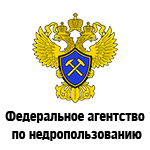
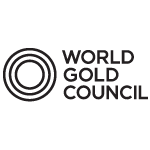









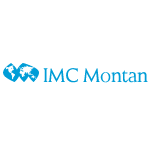








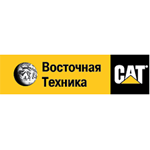


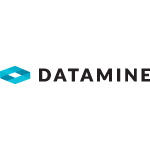




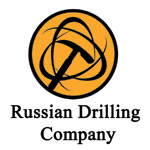



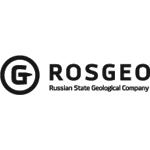
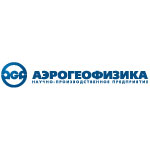








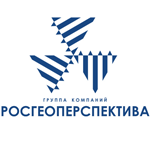






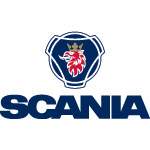





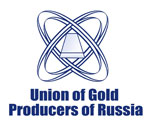




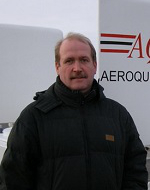
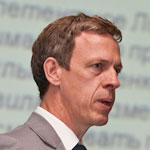
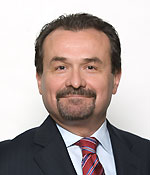




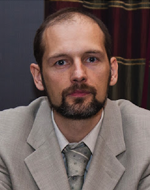

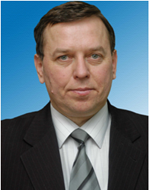
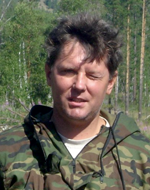
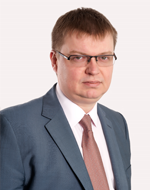

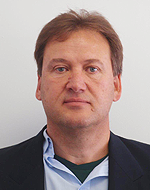




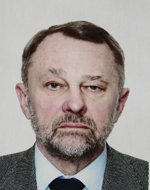

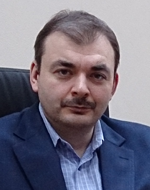
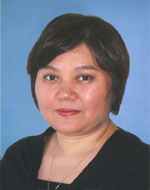
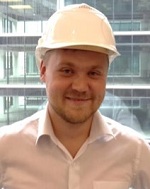



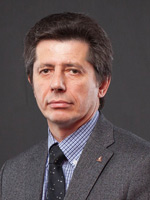




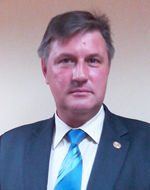




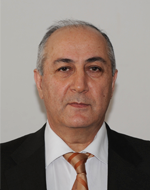
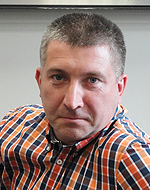




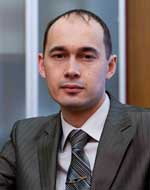
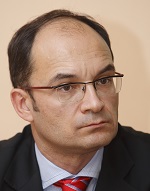



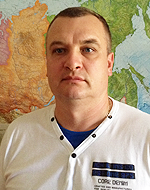

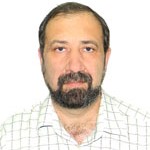
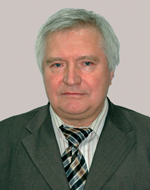

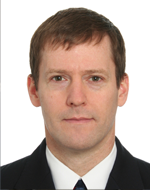

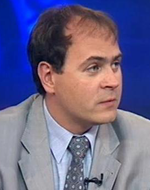
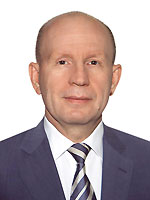
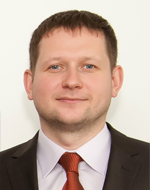





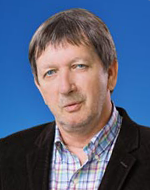
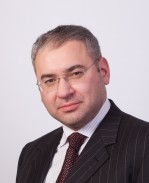
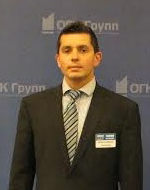
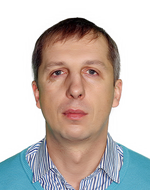
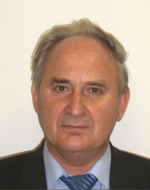
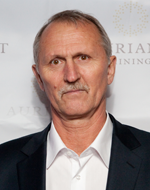


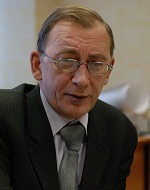










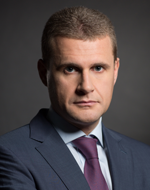

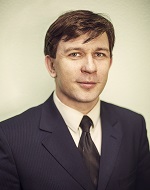
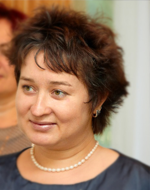







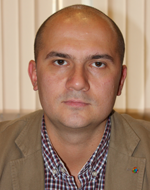
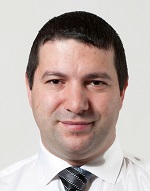
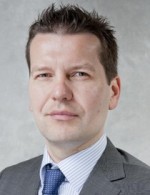

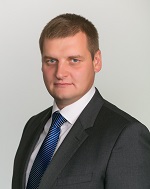
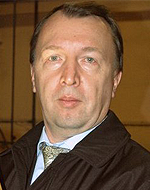
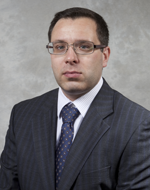
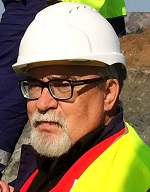

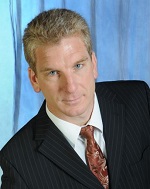

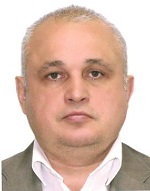

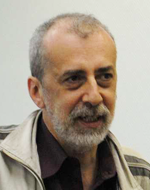
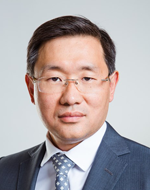
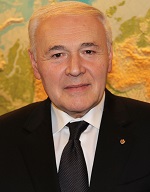

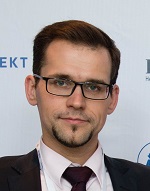
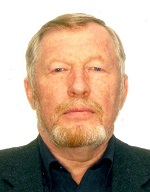
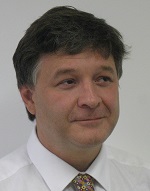
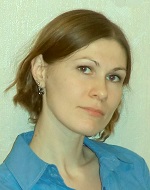
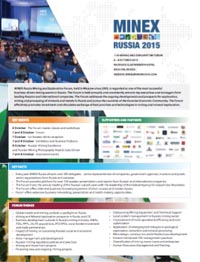 Download Forum Brochure
Download Forum Brochure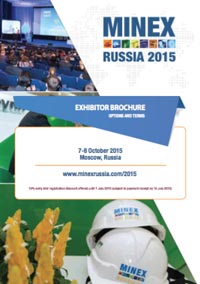
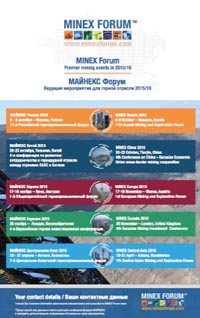 Download Events Flyer
Download Events Flyer